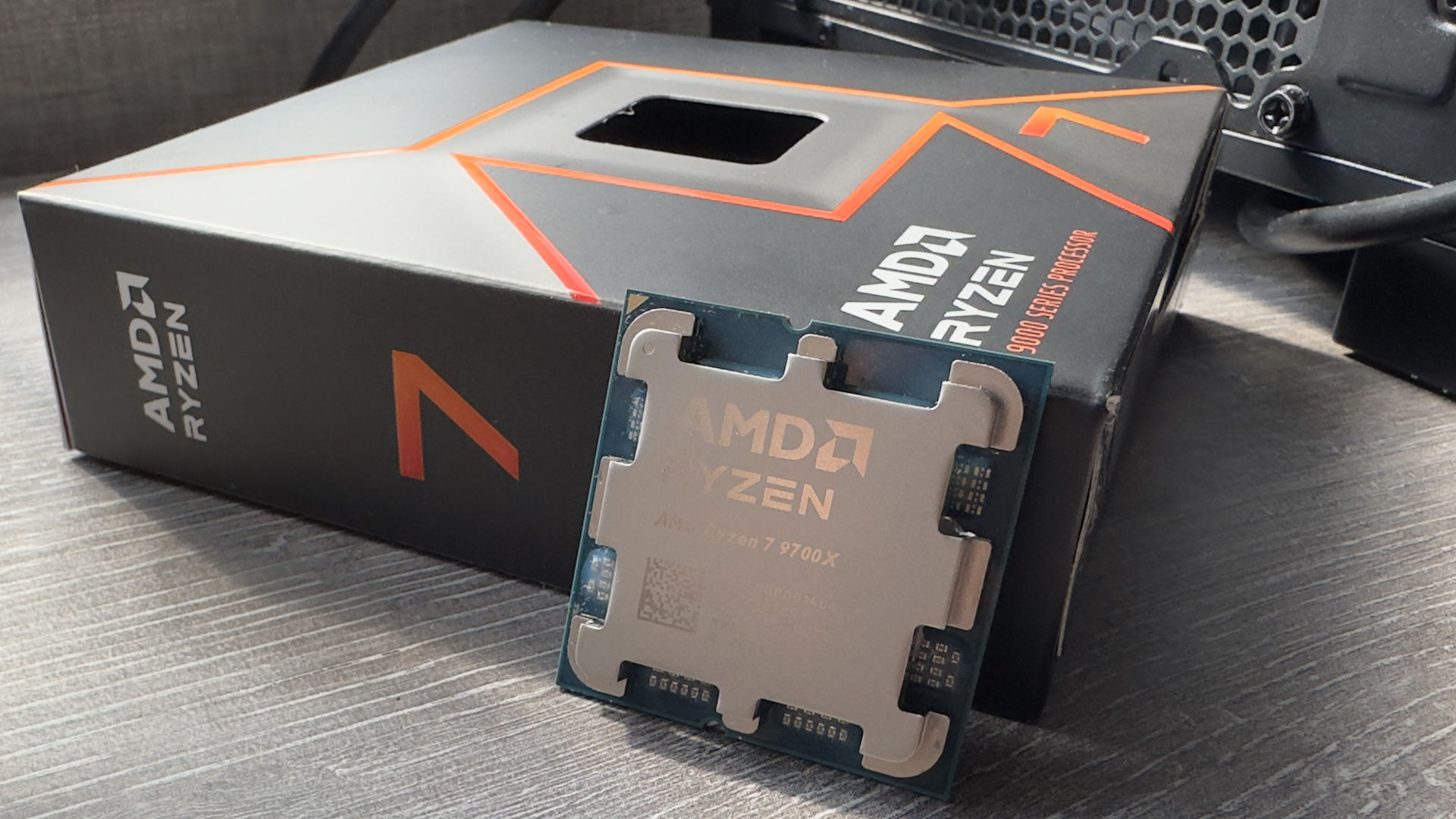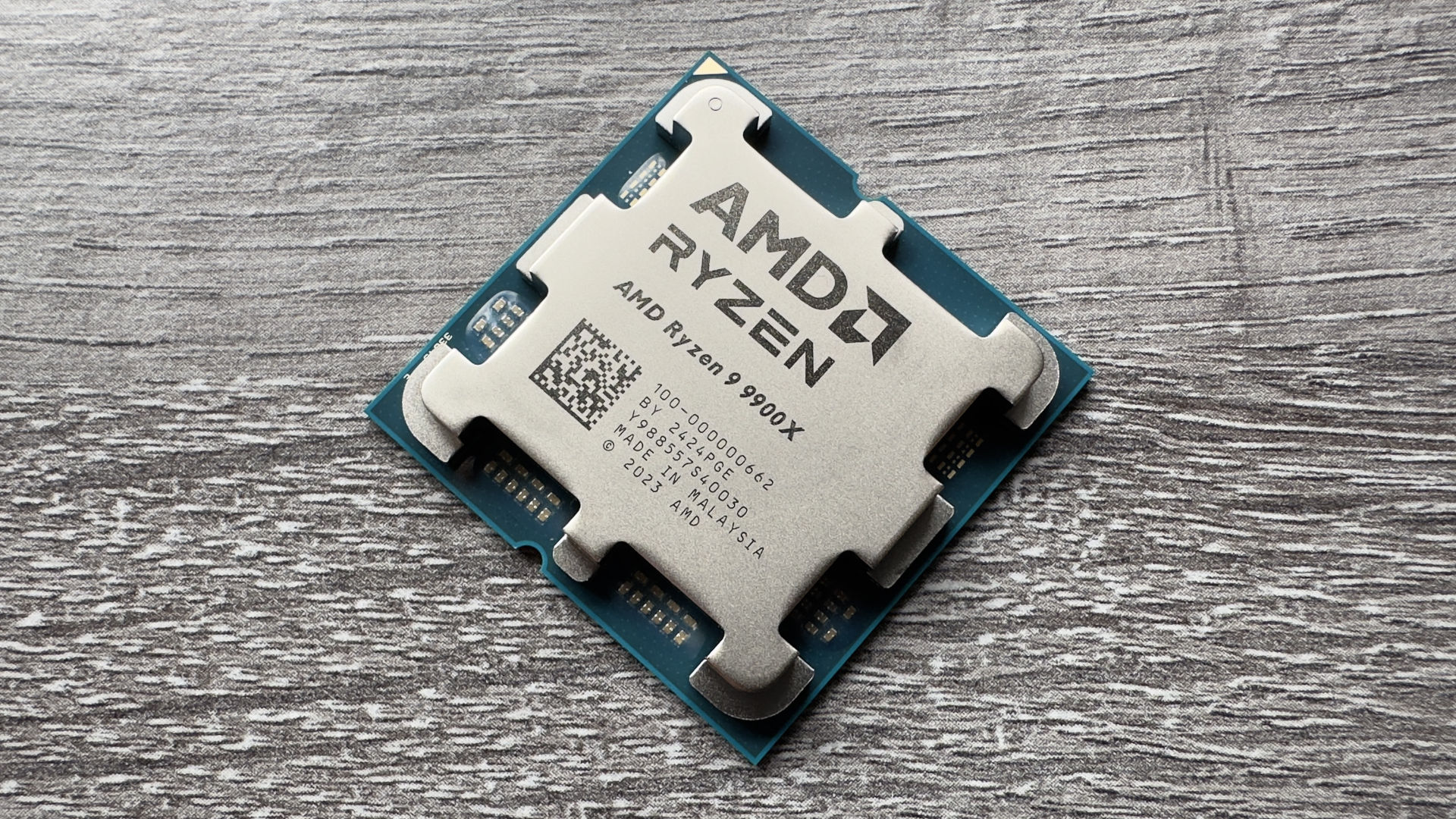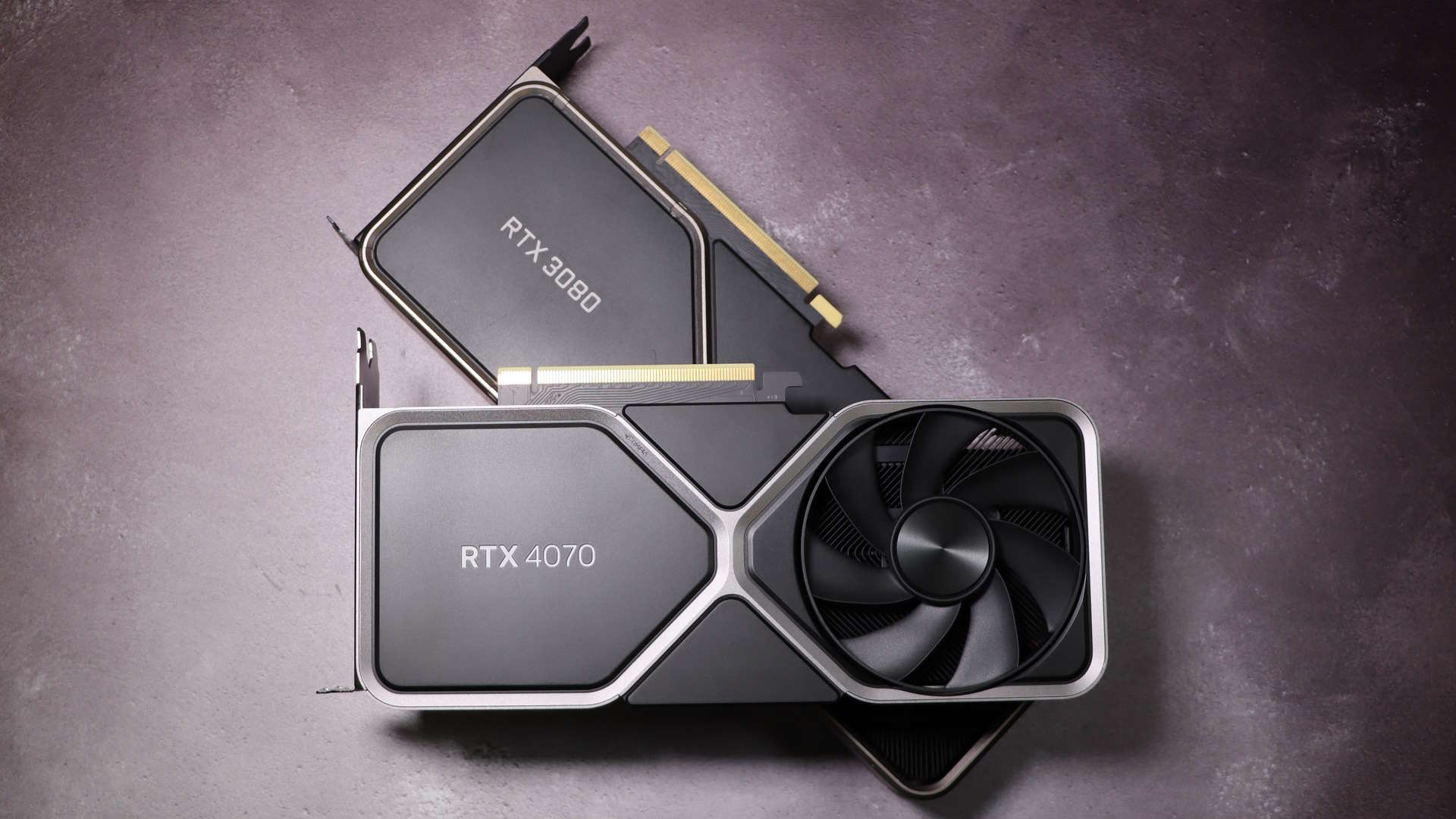AMD is now reportedly making all-American Ryzen 9000 CPU dies at TSMC's Arizona fab
Made in the USA, mostly anyway...

AMD is having some of its latest Ryzen 9000-series desktop CPUs made at TSMC's new fab in Arizona. So claims Taipei, Taiwan-based journalist Tim Cuplan. It was reported last year that AMD was planning on having some high-performance CPUs made at TSMC's Arizona facilities. Now those CPUs have been identified as the latest Ryzen 9000 models and they are said to already be in production.
If true, that's an impressive win for TSMC's new US fab. It was only August last year that AMD released the Ryzen 9000, including the Ryzen 7 9700X, using 4nm silicon for the chip's CPUs made by TSMC's Taiwan factories, aslo known as the TSMC N4 node. So, moving some of that production to the Arizona fab so soon certainly looks like a vote of confidence in the facility.
However, the broader context for this news is quite complicated. TSMC is on record as saying that chips in its Arizona fab cost more to make than equivalent products in is factories in Taiwan. It also says that it plans to charge more for US-made chips as a consequence.
Moreover, AMD Ryzen 9000 CPUs are chiplet designs. While it seems AMD is now having some 8-core CPU dies made in Arizona, the package also contain a 6nm I/O die housing the memory controller and other functionality.
That die, as we understand it, is still made in Taiwan. TSMC does have an older fab in Washington state. But that facility at best produces chips on the 16nm node.
Indeed, there are further components in the package and then the package itself to consider. It's not clear where all of the items are produced. So, the mere fact of Ryzen 9000 CPU dies being made in the US wouldn't automatically into an all-American product, even if the CPU cores themselves will have been both designed and manufactured in the USA.

As things standard, TSMC has three new Arizona fabs either already in production or being built. The first, FAB 21-1, produces 4nm chips reportedly including the AMD Ryzen 9000 and Apple's A16 and it already up and running. FAB 21-2 will up the ante to 3nm or N3 chips, the likes of which include Intel's Lunar Lake laptop CPU and are currently only made by TSMC in Taiwan, while FAB 21-3 will eventually make the move to 2nm.
The biggest gaming news, reviews and hardware deals
Keep up to date with the most important stories and the best deals, as picked by the PC Gamer team.
For now, you can't actually buy any devices with TSMC-made 2nm or N2 silicon. Indeed, TSMC still plans to reserve its cutting-edge technology for its domestic Taiwanese plants. So, N2 chips made in Arizona will come online some time after similar silicon is available from Taiwan.

Best CPU for gaming: The top chips from Intel and AMD.
Best gaming motherboard: The right boards.
Best graphics card: Your perfect pixel-pusher awaits.
Best SSD for gaming: Get into the game ahead of the rest.
That said, AMD doesn't tend to use the very latest nodes for its chips. The new Ryzen 9000 was rolled out on N4 despite TSMC having been in production with N3 for several years and even AMD's new RDNA 4 GPUs which were almost but not quite announced at CES are still on N4.
The same goes for Nvidia's latest Blackwell RTX 50 graphics chips. Those are on TSMC N4, too. So, the fact that TSMC's US fabs are being kept a step behind Taiwan doesn't mean we won't see new CPUs and GPUs that are made in the US.
Then again, the likes of AMD and Nvidia will have to play off the benefits of having chips made in the US, which might include avoiding tariffs, against higher local production costs. It'll be interesting to come back in five years or so and see which chips, exactly, end up being made in the US.

Jeremy has been writing about technology and PCs since the 90nm Netburst era (Google it!) and enjoys nothing more than a serious dissertation on the finer points of monitor input lag and overshoot followed by a forensic examination of advanced lithography. Or maybe he just likes machines that go “ping!” He also has a thing for tennis and cars.

